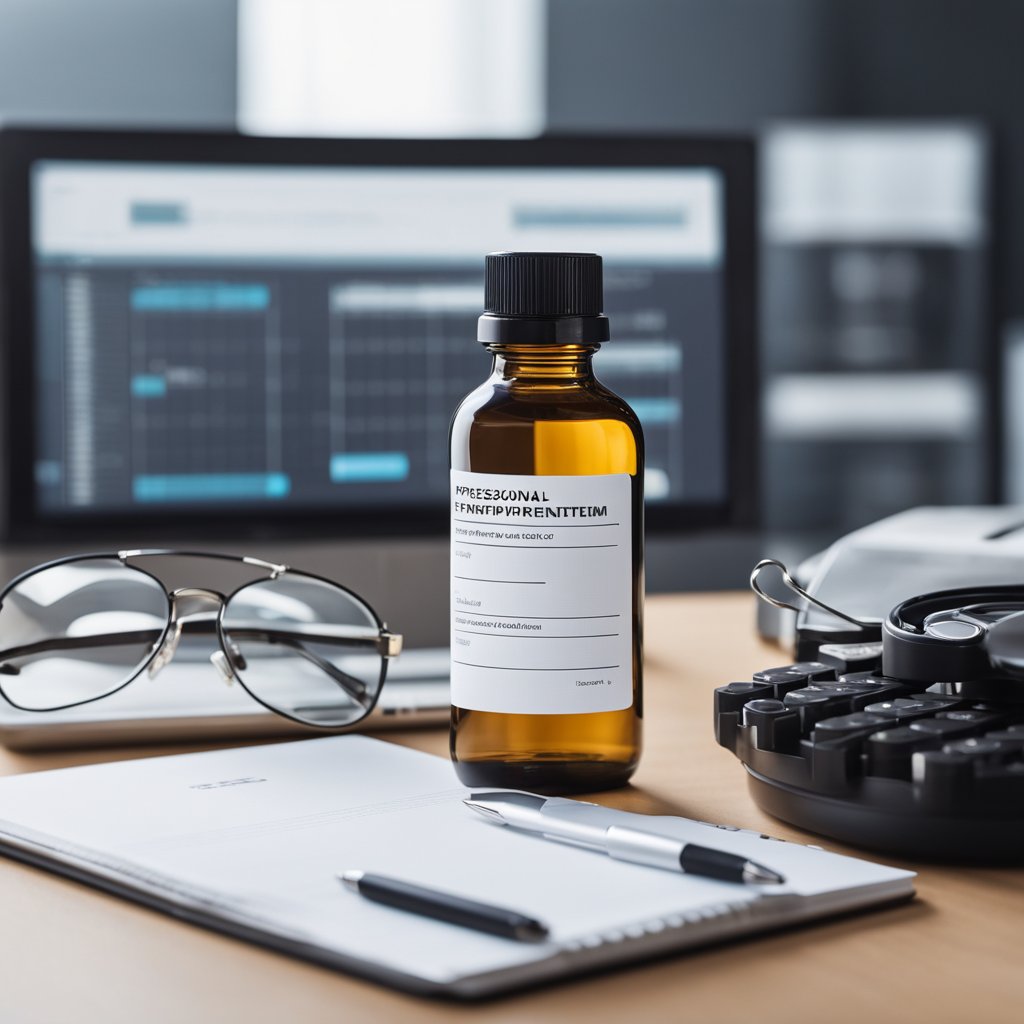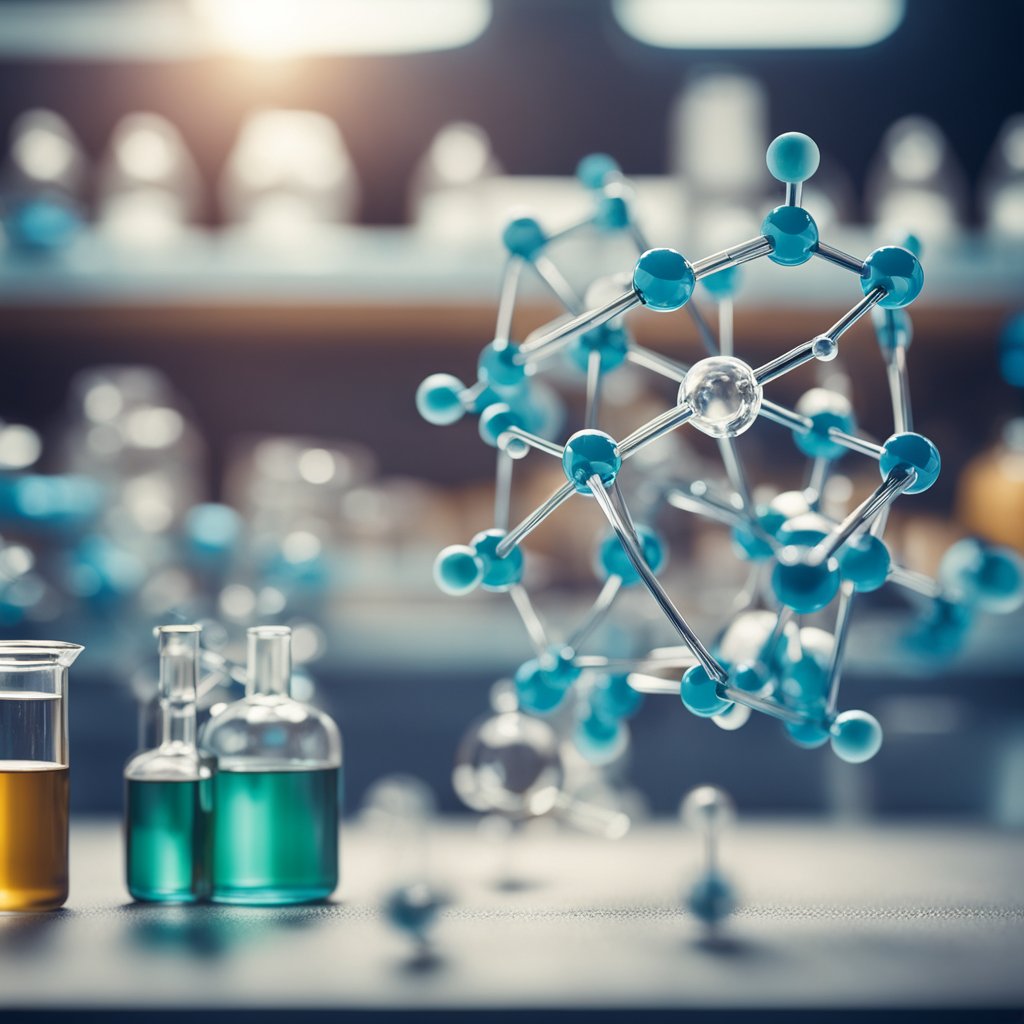Phenylpiracetam is a nootropic that belongs to the racetam family, acclaimed for its cognitive-enhancing capabilities. Developed in Russia in 1983, it captured attention for its potential to mitigate the cognitive and physical stresses experienced by cosmonauts during extended periods in space. As a derivative of piracetam, phenylpiracetam shares similar mechanisms of action but is distinguished by the addition of a phenyl group, which contributes to its enhanced potency.

With claims surrounding its ability to boost memory, cognition, mood, and physical performance, phenylpiracetam has been a subject of interest both within scientific circles and among individuals seeking to optimize mental and physical function. While some of its benefits are supported by anecdotal evidence, rigorous research exploring its efficacy and safety is still evolving. The drug’s unregulated status in many countries, combined with a ban by the World Anti-Doping Agency, makes its availability and legality a matter of ongoing debate.
Key Takeaways
- Phenylpiracetam is a powerful nootropic part of the racetam family, known for enhancing cognitive function.
- This compound has seen a variety of uses, from aiding cosmonauts to potential therapeutic applications.
- Its legal status varies by country, and it has been banned in competitive sports by WADA.
Chemical Profile and Mechanism of Action

As a cognitive-enhancing compound, phenylpiracetam boasts a notable chemical structure that draws its pharmacological lineage from the racetam family of drugs. Its interactions with neurotransmitter systems are key to its effects on cognitive processes.
Neurotransmitter Interaction
Phenylpiracetam modulates various neurotransmitter receptors, potentially influencing cognitive performance and mood. Acetylcholine, a neurotransmitter pivotal for learning and memory, and glutamate, central to synaptic plasticity, are both affected by phenylpiracetam. This substance has also been seen to interact with GABA (gamma-aminobutyric acid) and serotonin systems, although its exact mechanism within these pathways is not completely understood. The added phenyl group on its molecule may be responsible for increased potency and crossing of the blood-brain barrier more efficiently than other racetams.
Bioavailability and Metabolism
With oral administration, phenylpiracetam exhibits high bioavailability, swiftly crossing the blood-brain barrier. It undergoes metabolism in the body, and its half-life is relatively brief, compelling users to dose more frequently to maintain its effects. The compound exists as a racemic mixture, a configuration containing both ‘R’ and ‘S’ stereoisomers. However, its metabolism and the specific roles of these isomers within the body’s systems are complex and require further research to fully elucidate.
Cognitive and Physical Benefits
In my study of phenylpiracetam, I’ve found that its most prominent effects are on enhancing cognitive functions such as memory and focus, as well as on improving physical performance and stamina.
Memory and Focus Enhancement
My findings align with research suggesting that phenylpiracetam significantly improves memory and focus. Here are specific benefits related to cognitive enhancement:
- Memory Retention: Users report an improvement in their ability to recall information.
- Concentration: There is an increase in concentration levels, making reading and learning tasks easier.
- Alertness and Cognitive Function: An elevated state of alertness and overall cognitive function is commonly experienced.
Physical Performance and Stamina
Phenylpiracetam also seems to amplify physical capabilities:
- Physical Stamina: Evidence points to enhanced physical endurance, allowing for longer and more intense physical activities.
- Stimulation: Users experience increased energy levels, which may contribute to better overall physical performance.
In summary, these characteristics make phenylpiracetam a notable substance for those looking to boost both their mental and physical faculties.
Therapeutic Applications and Research
In my examination of phenylpiracetam, I’ve observed its use in the treatment of various mood disorders and its potential in neuroprotection. This synthetic nootropic shows promise in both cognitive enhancement and neuroprotective activities through mechanisms such as dopamine reuptake inhibition.
Mood Disorders and Anxiety
I have found that phenylpiracetam exhibits anxiolytic properties, which may benefit individuals suffering from anxiety and various mood disorders. Its role as a dopamine reuptake inhibitor might contribute to mood stabilization and possess antidepressant effects, indicating its potential therapeutic use beyond just cognitive enhancement.
- Anxiety: Reduction in feelings of anxiety, potentially improving overall mood
- Depression: May exhibit antidepressant properties that could uplift one’s mood
Neuroprotection and Cognitive Decline
As a neuroprotective agent, phenylpiracetam may defend against cognitive decline. The compound has also shown promise in addressing the effects of traumatic brain injury and aiding recovery post-stroke. In medical contexts, its anti-amnesic effects have garnered attention for potential treatments of dementia and Parkinson’s disease.
- Traumatic Brain Injury: Reports suggest improvements in cognitive deficits associated with brain injuries
- Dementia and Parkinson’s: Potential application in ameliorating symptoms of neurodegenerative diseases
My focus on the application of phenylpiracetam showcases its multifaceted roles in addressing various CNS disorders.
Usage and Legal Status
As we examine phenylpiracetam, it’s critical to understand both how it is administered and the complex legal landscape governing its use. Dosage guidelines vary depending on individual needs and responses, while legal considerations are heavily dependent on geographical location and regulatory frameworks.
Dosage and Administration
For those considering phenylpiracetam, I typically recommend starting at the lower end of the dosage spectrum. While dosages can range:
- Low: 100 mg
- Moderate: 200 mg
- High: Over 300 mg
It is advisable to start with a low dosage to gauge personal tolerance, as individuals may experience varying responses. The absence of a universally accepted prescription standard emphasizes the necessity for cautious self-monitoring.
Legal Considerations and Banning
From a legal perspective, phenylpiracetam’s standing is multifaceted. In the United States, the compound remains unregulated and is not approved by the FDA for clinical use, but it is legal to be sold for research purposes. Meanwhile, it’s a prescription drug in Russia, employed for its nootropic and psychostimulant properties. Regulations concerning phenylpiracetam can be summarized as follows:
- United States: Not FDA approved, sold for research
- Russia: Prescription drug
- World Anti-Doping Agency: Banned substance
Internationally, the World Anti-Doping Agency (WADA) has banned phenylpiracetam for use in competitive sports due to its performance-enhancing effects. This ban underscores the substance’s potency and potential as a cognitive enhancer. Regulatory status varies by country, so it’s imperative to consult local laws to ensure compliance before obtaining or using phenylpiracetam.
Side Effects and Safety
When discussing the side effects and safety of phenylpiracetam, I focus on reported symptoms and use caution to avoid overstating the risks. It’s important to know that everyone’s reaction to a substance can differ. Here are the key points to consider:
- Headaches: Some users report headaches, which could be due to increased cholinergic activity. Supplementing with choline could potentially mitigate these effects.
- Irritability: A few individuals may experience irritability or mood swings.
Regarding side effects, they generally depend on dosage and individual sensitivity:
- Insomnia: Taking phenylpiracetam late in the day can interfere with sleep.
- Increased heart rate: Monitor any cardiovascular responses due to its stimulant nature.
- Gastrointestinal distress: This includes symptoms like nausea or stomach discomfort.
Concerning tolerance, it appears that:
- The potential for tolerance development exists, implying that the effects might diminish with continuous use.
As for safety, a brief summary is:
- Safety Profile: Phenylpiracetam is regarded as safe when used at recommended dosages and durations.
- Contraindications: Individuals with certain medical conditions or those taking specific medications should avoid or consult a healthcare professional.
Finally, I note that there’s no significant evidence linking phenylpiracetam to inflammation; more research may be needed in this area to make a definitive statement. Stay informed and always prioritize safety when considering nootropics or any supplement.
Historical and Cultural Context
I will explore the origins of phenylpiracetam within the sphere of Soviet-era innovation, as well as its modern standing within the nootropics community.
Development and Cosmonauts
Phenylpiracetam, originally known as Phenotropil or Carphedon, is a derivative of piracetam with a distinctive phenyl group addition. It was synthesized in 1983 by the Russian Academy of Sciences. This development had a specific purpose: aiding Soviet cosmonauts in managing the extreme stresses encountered during extended space missions. Unlike other psychoactive substances, phenylpiracetam lacked pronounced sedative or stimulative effects, making it suitable for the austere conditions of space.
Contemporary Nootropic Community
In Russia and beyond, phenylpiracetam has earned a reputation within the nootropic community. These are individuals who seek cognitive enhancement through various substances, and phenylpiracetam is favored for its potential to improve mental performance and physical stamina. Widely available through online vendors, it attracts users with its reported effects on cognitive processes, although its legal status varies across countries. The term nootropics originally coined to describe substances like piracetam, has grown to include phenylpiracetam among the ranks of these cognitive enhancing agents.